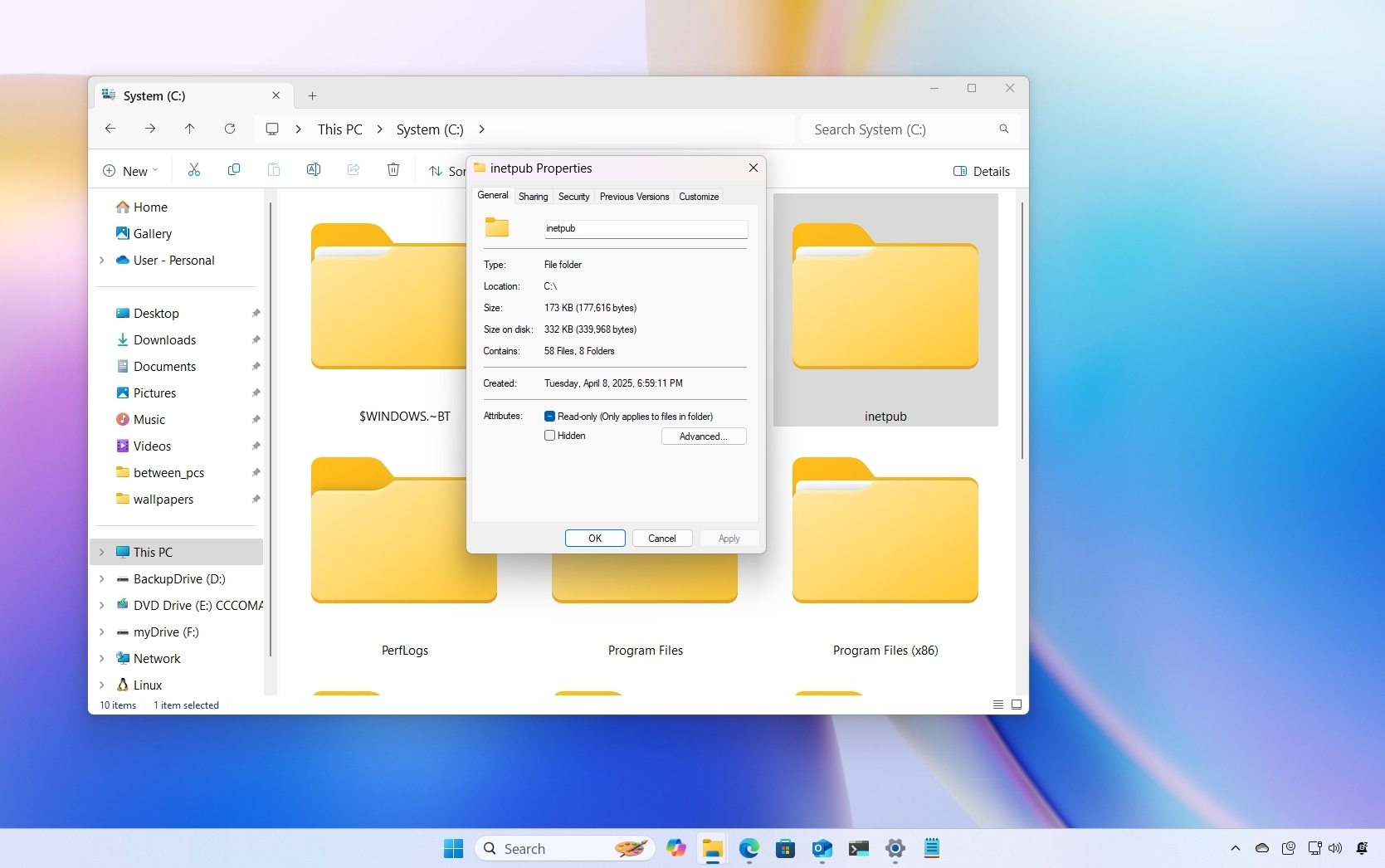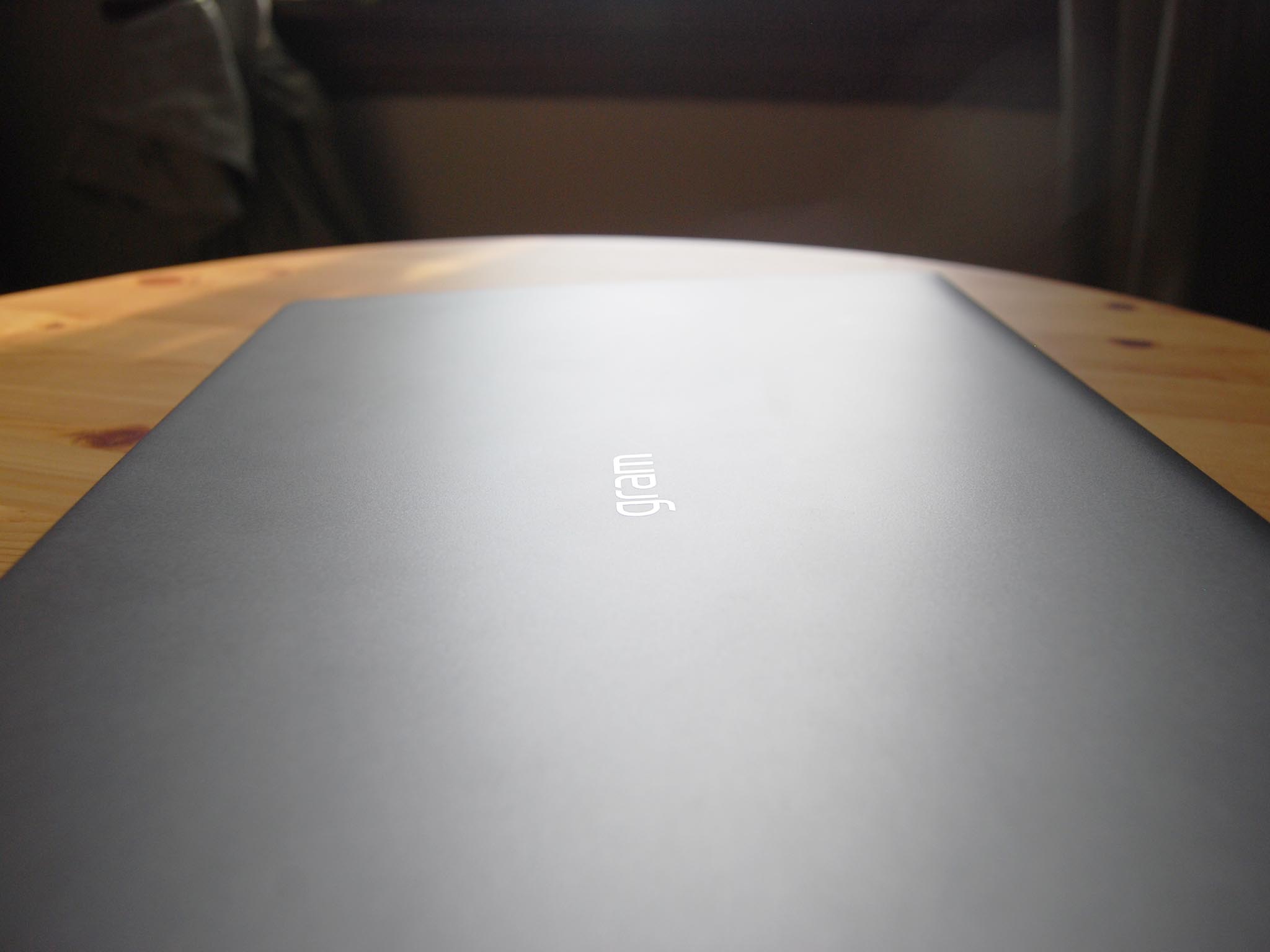
LG's refreshed gram lineup, which includes 13-, 14-, and 15-inch models, offers up a physically-lightweight PC experience along with hardware that'll get you through a day's work. It's something you can slip into your backpack or messenger and practically forget is there, at least until you sit down, set up a workspace, and have people tell you that they've never heard of a "gram."
Over the course of the initial review period, in which I used the 15.6-inch gram 15Z980 for about two weeks, I expressed concern in a few areas, namely durability. Now, after using the gram on a daily basis for more than 100 days, I have a better idea of how well this ultralight laptop holds up. And it's somewhat surprising.
LG gram's flexible lid is no issue
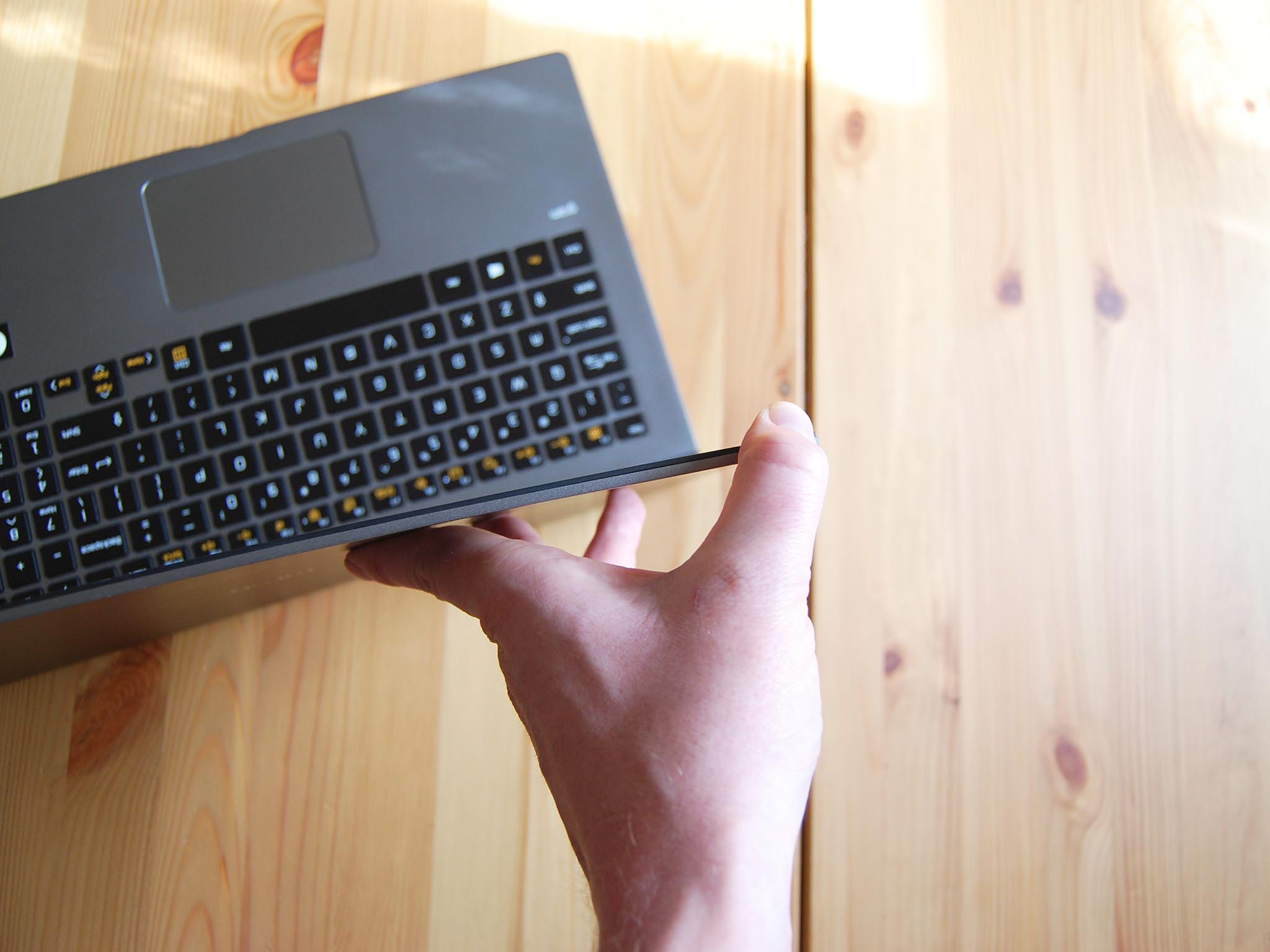
It's nearly impossible to pick up the gram 15Z980 and not remark on its 2.41 pounds (1,095 grams). The nanocarbon and magnesium chassis, while very light, comes across as more plastic-y than anything, especially on the lid, where flex is evident. Lifting or adjusting the lid from a corner at first seemed like a risk, but I've mostly forgotten about it at this point. There's no sign of any unwanted, permanent bends, and you can still easily open the lid with one hand.
The plastic bezel and gasket around the display likewise seemed kind of flimsy, and I was worried that it would begin to permanently pull away after some time (you can kind of snap it against the lid material). It has also held up well, and there's no more space between the lid and the secondary bezel material than there was on day one.
LG gram's chassis doesn't easily scratch
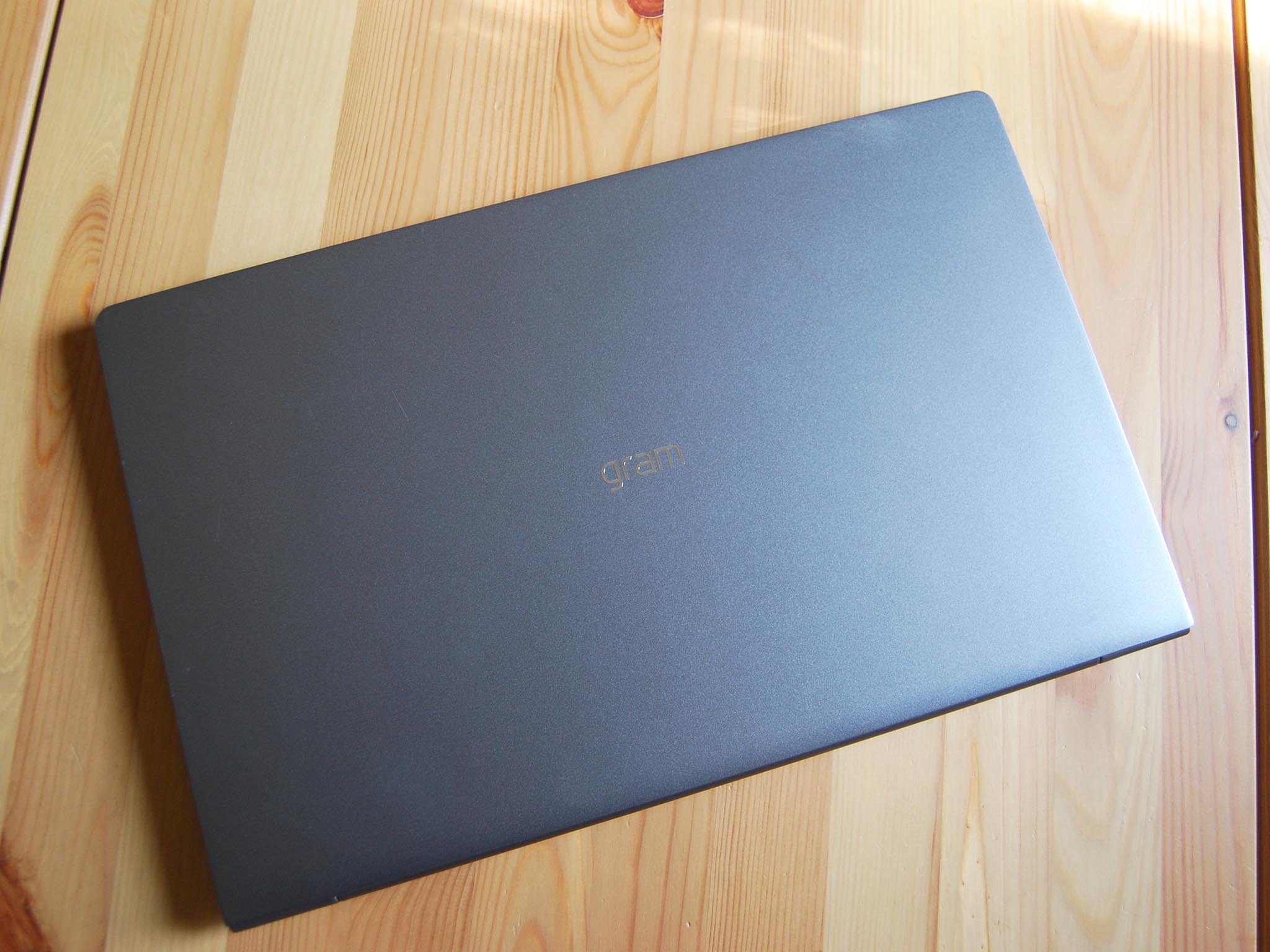
Though there's far less flex in the main portion of the chassis, it also doesn't quite feel as solid as a lot of other laptops. I understand now that it's more about the lack of weight ― isn't heavy stuff always valuable? ― than anything, as the main body shows no signs of wear.
The MIL-STD 810G stress testing LG puts the gram through evidently proves something, as I've dropped this laptop a couple of times, one from about 1.5 feet above a table and again from about three feet onto a hard floor. Keep in mind that drops are weird ― I've seen a phone fall from six inches only to shatter while another that's thrown across a room goes unharmed ― but there's really no evidence that I've been hauling this thing with me wherever I go.
Get the Windows Central Newsletter
All the latest news, reviews, and guides for Windows and Xbox diehards.
Grime and dirt hardly show up and the finish wipes down easily, there are really only two visible scratches on the outside (and only when the sun hits it right), and the keyboard hasn't faltered mechanically or aesthetically despite tens of thousands of typed words. A year with this laptop will no doubt tell a different story, but I've seen laptops come out worse just getting through the shipping process. It's OK to be worried about scratches despite how well my model has held up to abuse; you should check out my roundup of suitable sleeves and cases for an added layer of protection.
LG gram's battery hasn't degraded
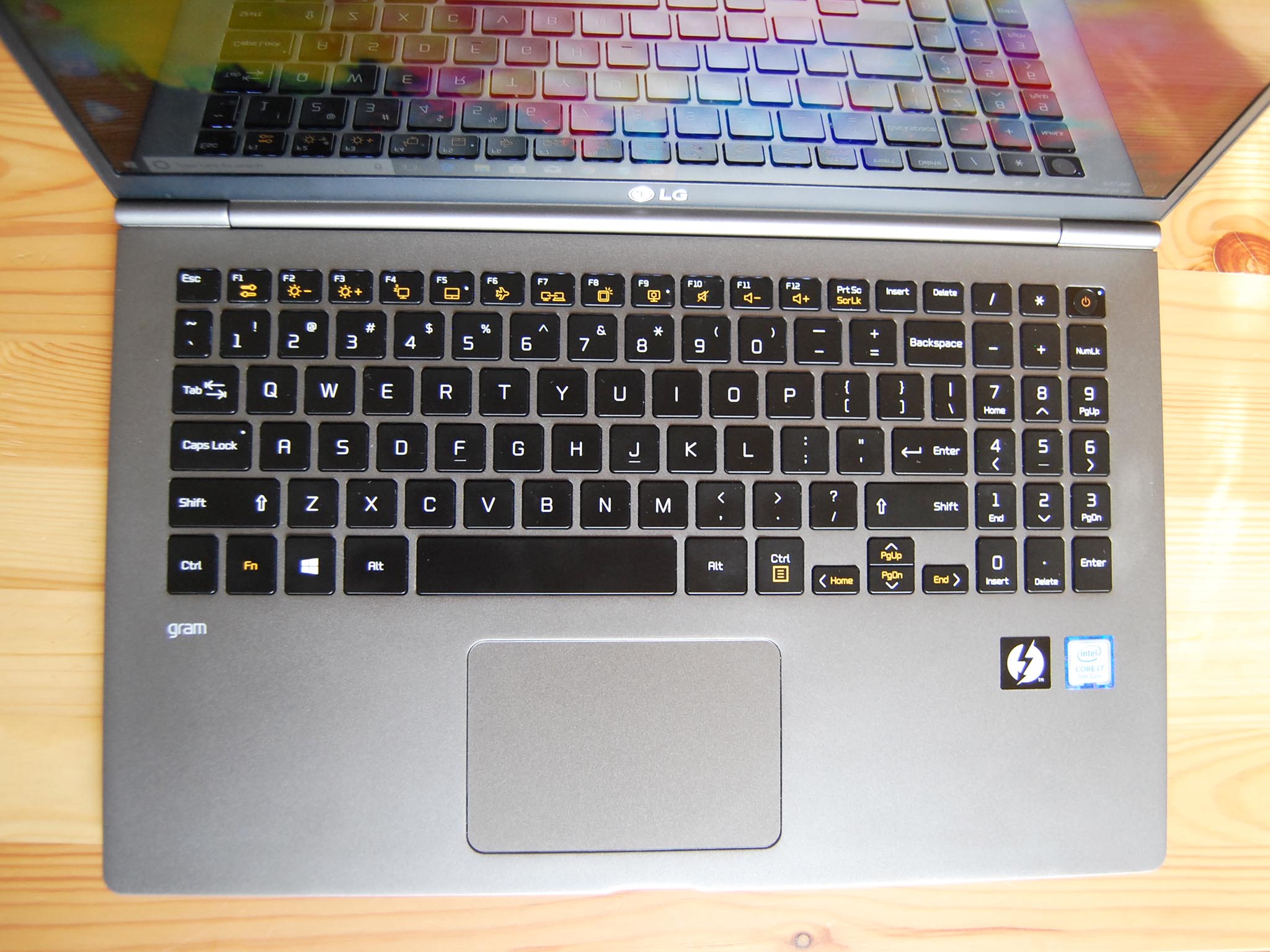
Over three months ago when the gram's battery was brand new, I was seeing between 12 and 13 hours of life on a single charge. This was during standard work hours, where I was mostly word processing, editing photos, watching videos, and doing some heavy web browsing with the screen at about 60 percent brightness. It was a relief to not have to carry around the 65W charger with the laptop.
It's still going strong, and now that I've set up a workstation with a CalDigit TS3 Plus dock, the gram charges via Thunderbolt 3 while connected. At this moment, I'm not even sure where the original LG charger is located, as the laptop gets enough power while I'm using a big screen to keep me going when I'm working remotely. I understand that there shouldn't be any noticeable degradation for any laptop battery after about 115 days of heavy usage, but it's worth mentioning here that the gram is in that category.
LG gram's SATA hard drive is still relatively slow
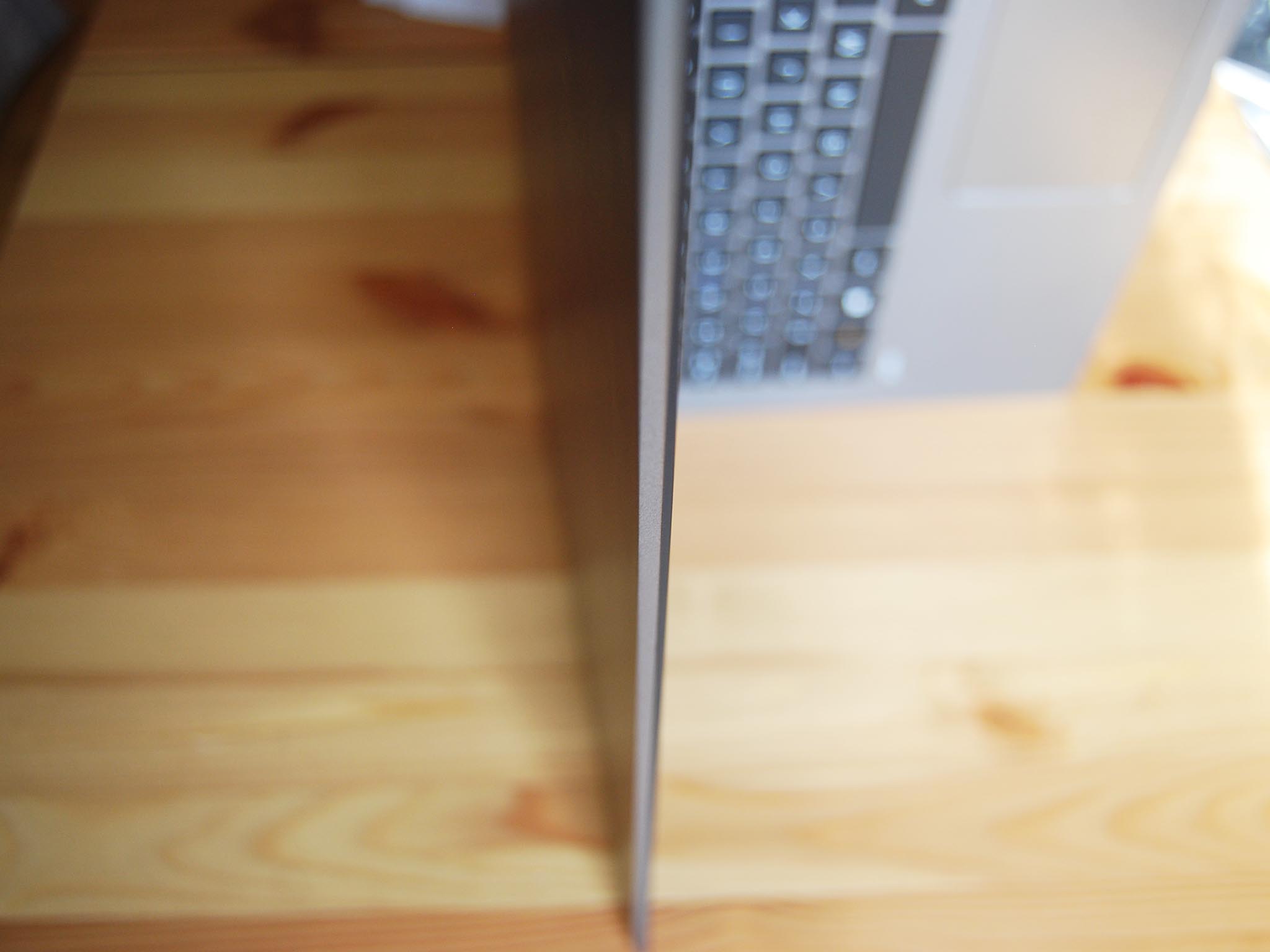
One major complaint I had with the gram, especially given the high price of the upper-end models, was the decision to use a SATA solid-state drive (SSD). Sure, you can get up to 1TB of storage space, and the SATA interface isn't egregiously slow ― I tested about 554.1 MB/s read speed and about 449.1 MB/s write speed ― but once you get used to PCIe speeds, it's tough to go back.
The solution here is often to do a post-purchase upgrade yourself. Unable to find solid evidence online that the 15Z980 can even accept a PCIe SSD, I reached out to LG. I'm still waiting on an answer back before I take the plunge and rip the back off the laptop to tinker around.
As for other performance, you can do far better with something that costs about the same amount of money, though in some cases ― like when comparing Dell's new XPS 15 9570 to the gram 15Z980 ― that dedicated graphics card (GPU) contributes to nearly doubling the weight. It's really a form-over-function tradeoff.
Wrapping up
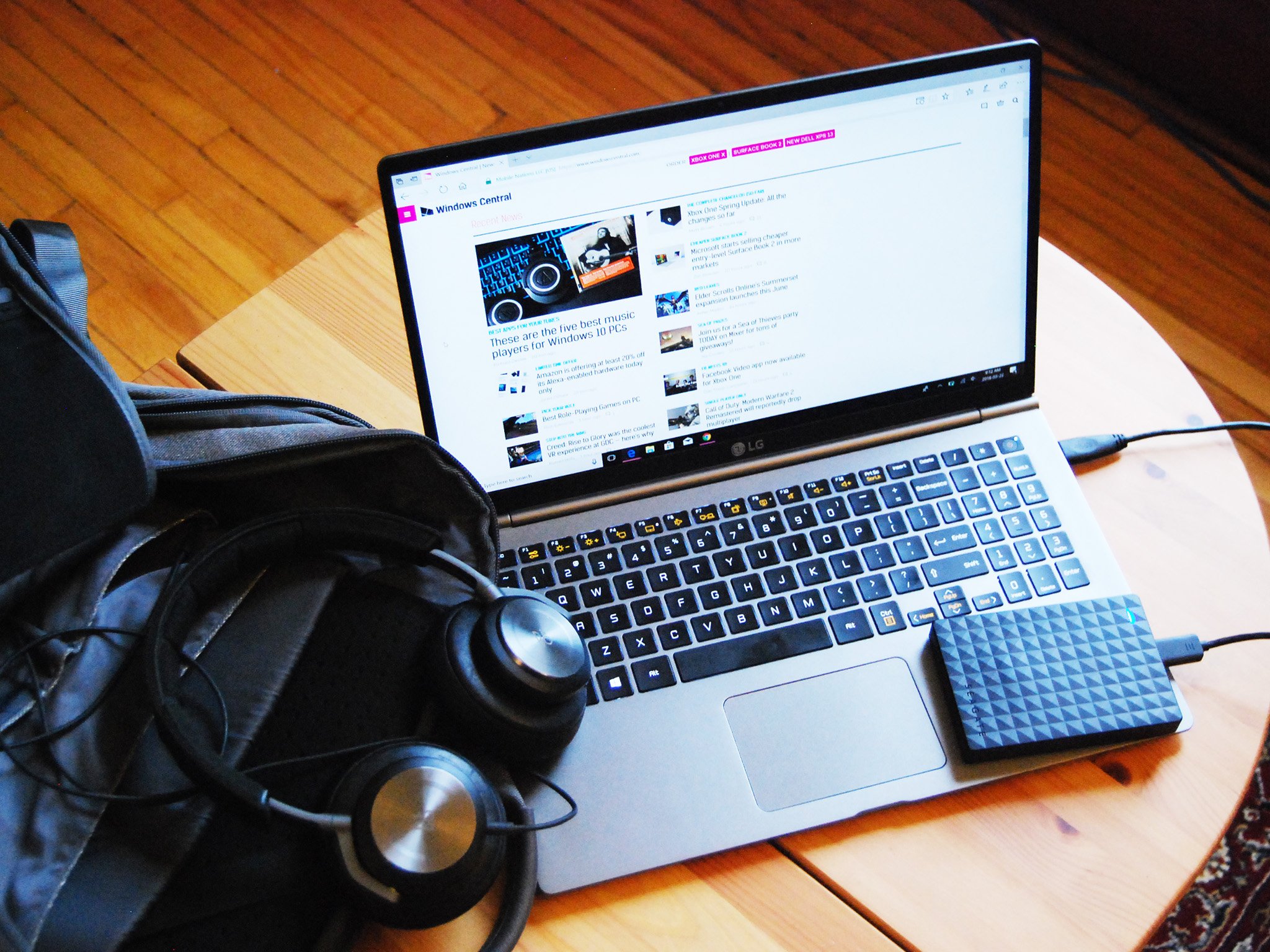
The LG gram 15Z980 was really the first ultralight laptop that I tested, though I doubt it will be the last. My initial concerns over flex in the lid, plastic bezel, and the plastic-y feeling chassis have been mostly quieted after about 100 days of heavy use.
If you're a gram owner, be sure to check out my roundup of useful accessories that'll make your experience that much better, and be sure to have a look at my review for far more information about this impressive device.

Cale Hunt brings to Windows Central more than eight years of experience writing about laptops, PCs, accessories, games, and beyond. If it runs Windows or in some way complements the hardware, there’s a good chance he knows about it, has written about it, or is already busy testing it.
